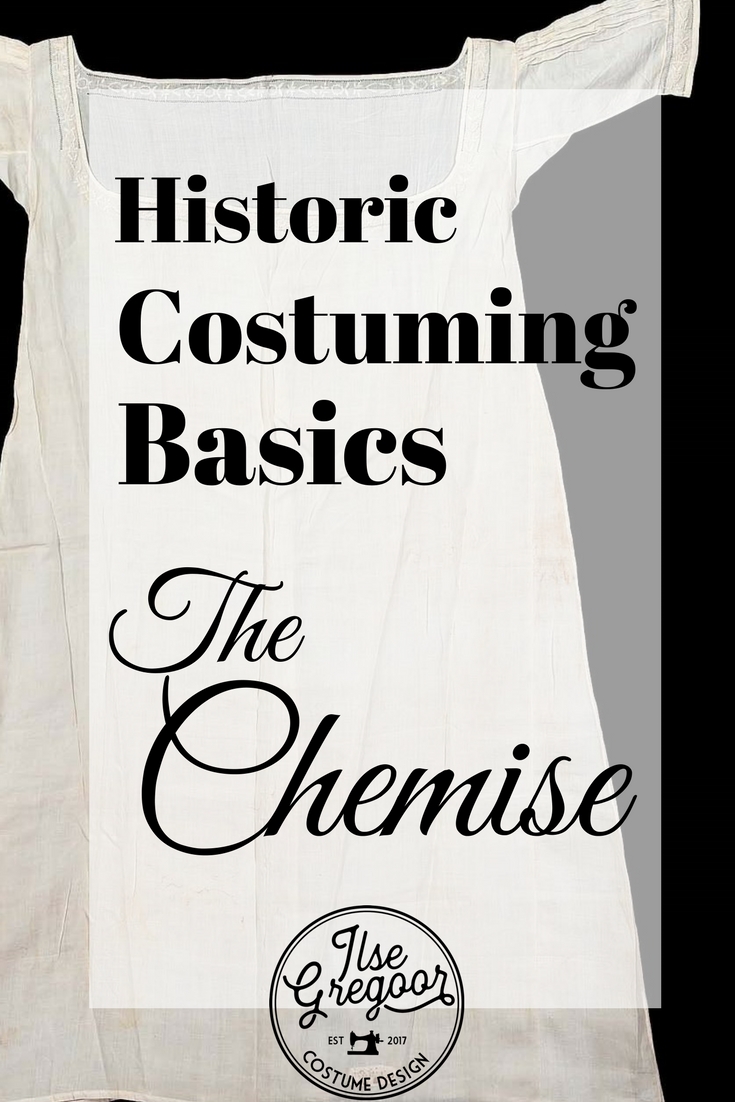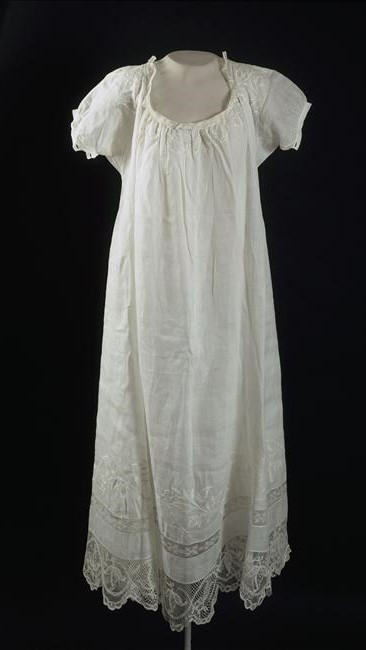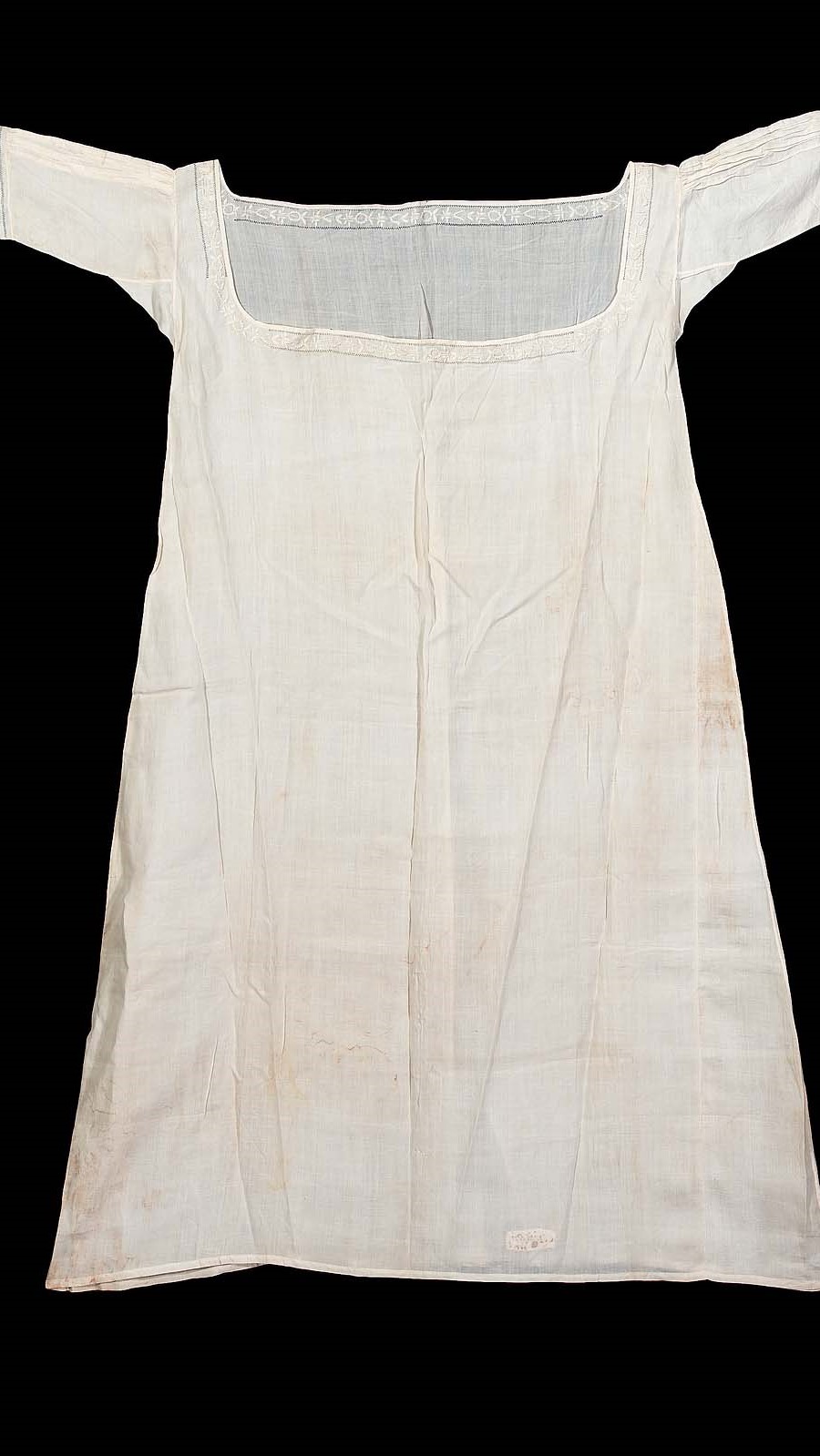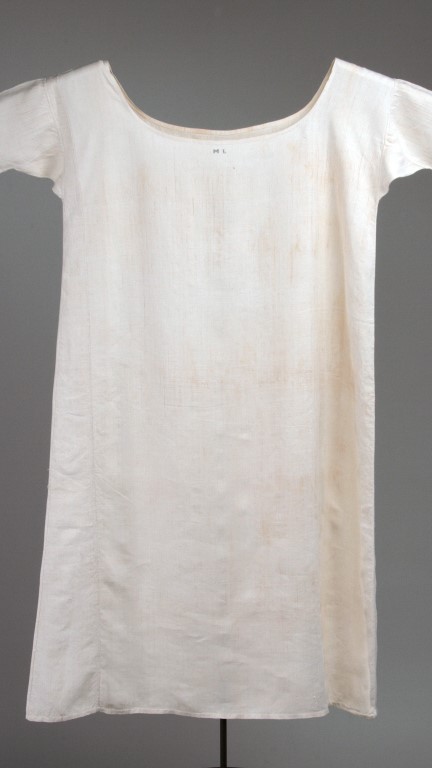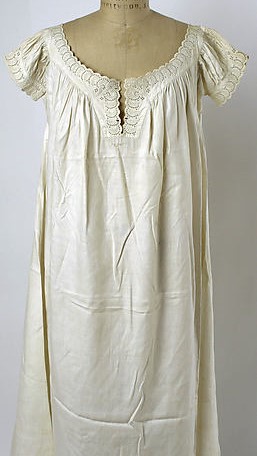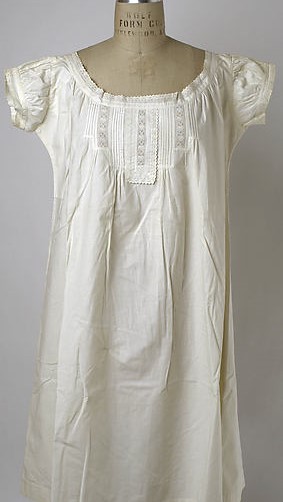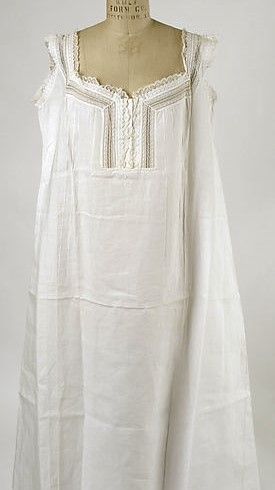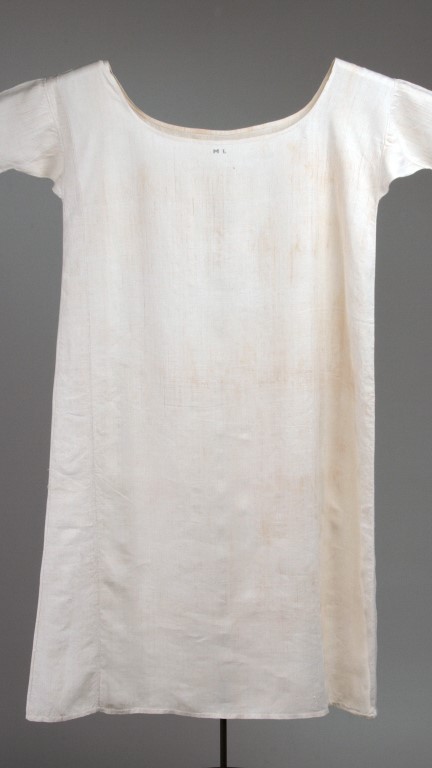Fashion is ever changing, but the chemise is forever

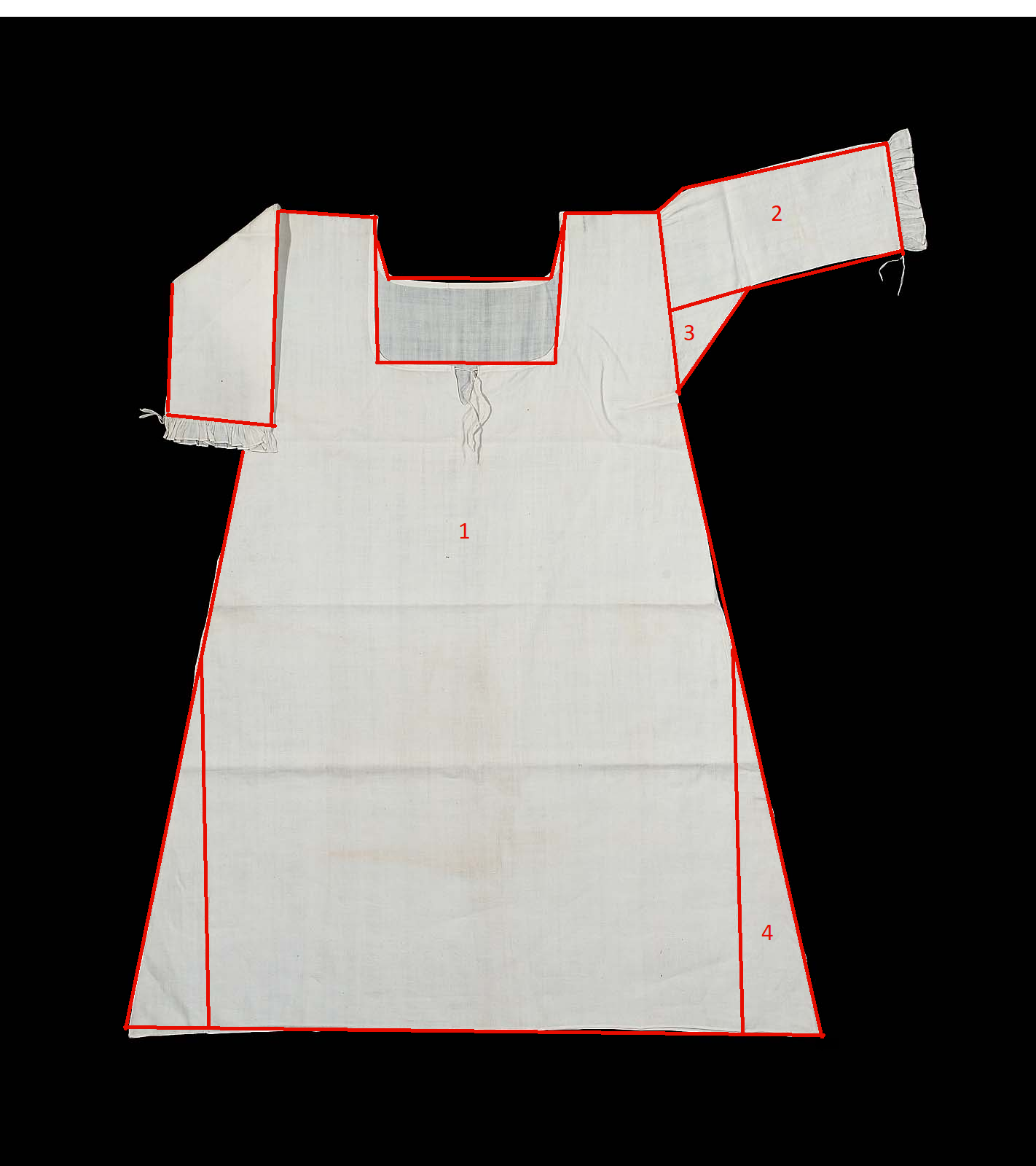
Chemises are essentially very simple garments. They are made up of mostly rectangles. A weft of fabric was taken, and folded in half to form the main part of the chemise. Triangles, numbered 4 in the image above, were cut from the top sides, flipped, and sewn to the bottom sides. This gave the chemise an a-line shape. The sleeves consist of two parts; a rectangular part, numbered 2, and a gusset, numbered 3. The gusset was set in the armpit to ensure free movement of the arms. This basic shape of dress has been the undergarment from the the medieval times (probably even earlier, but I haven’t found any resources to verify this) until we started to wear modern bra’s and panties only a decades ago. The neckline of the chemise is the part that varies the most through the centuries. This is to cater to the changing styles of necklines in the gowns.
Chemises were usually made of linnen fabric, until cheaper cotton was imported from India. Unfortunately, these natural fabrics only survive about a few hundred years. This composes a bit of a problem when trying to research clothes from more than 500 years ago. When looking at the underwear in medieval times we therefore have to rely on drawings and paintings.
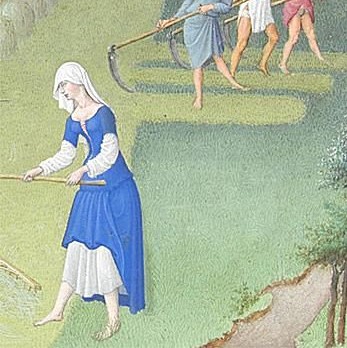
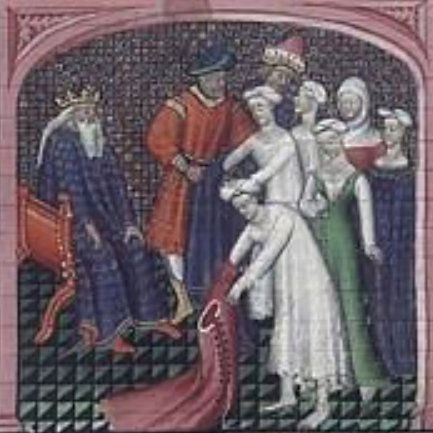
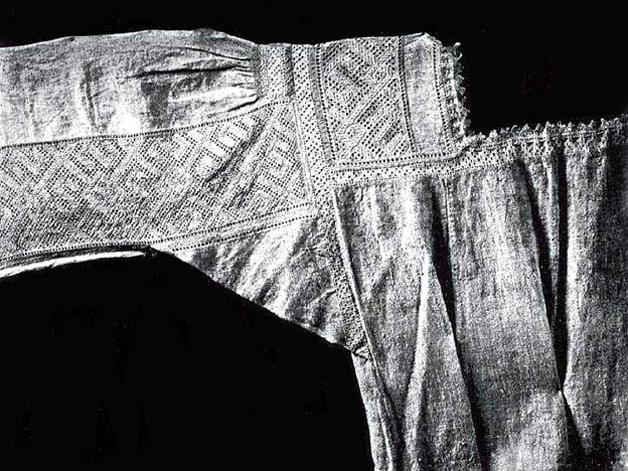
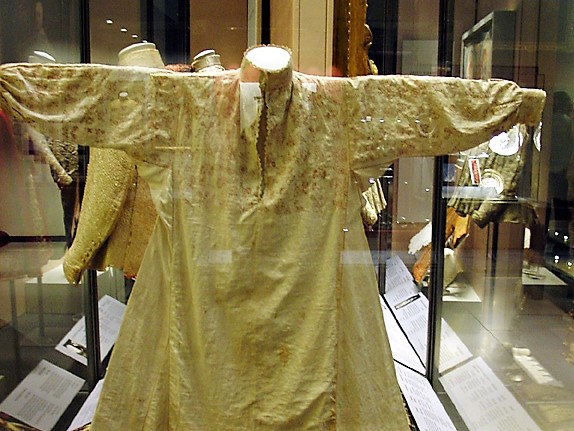
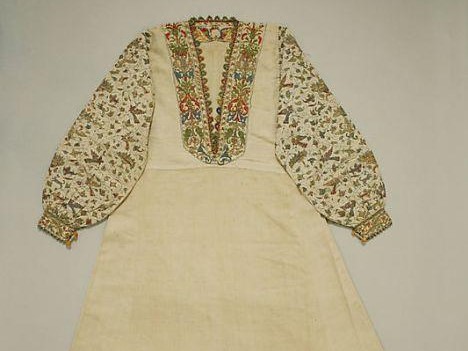
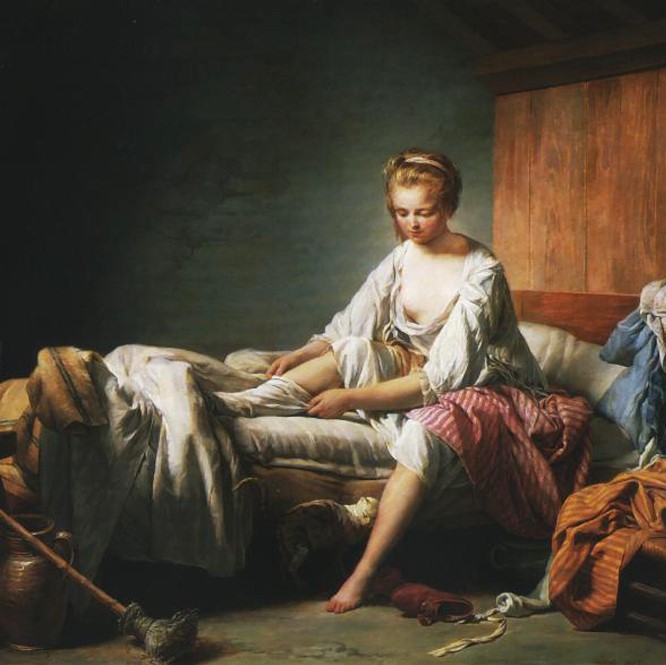
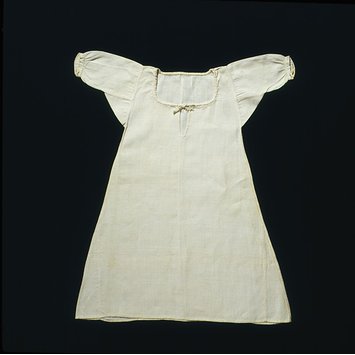
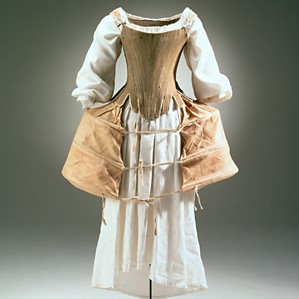
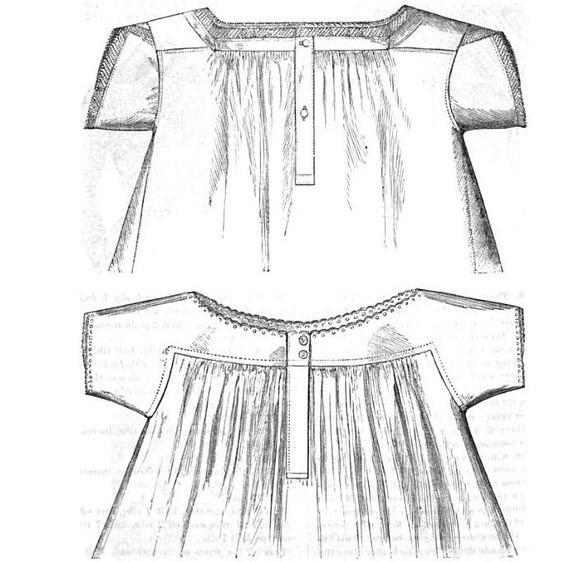
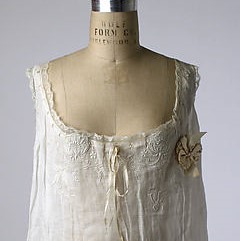
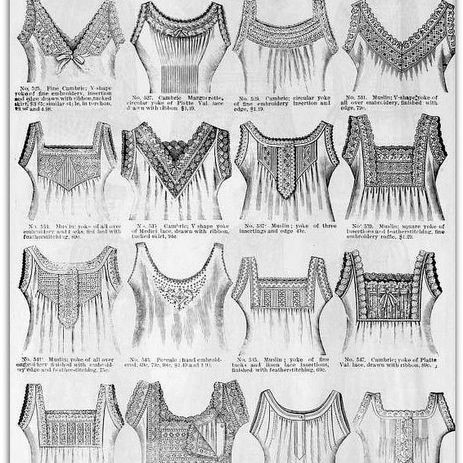
All in all, the chemise was quite an important garment throughout history. It was the garment a woman wore closest to the skin, probably owned most of, and could be washed most frequently. So if you are a fan of historic costuming, and want authenticity, you now know the first thing you need to wear: a chemise.
